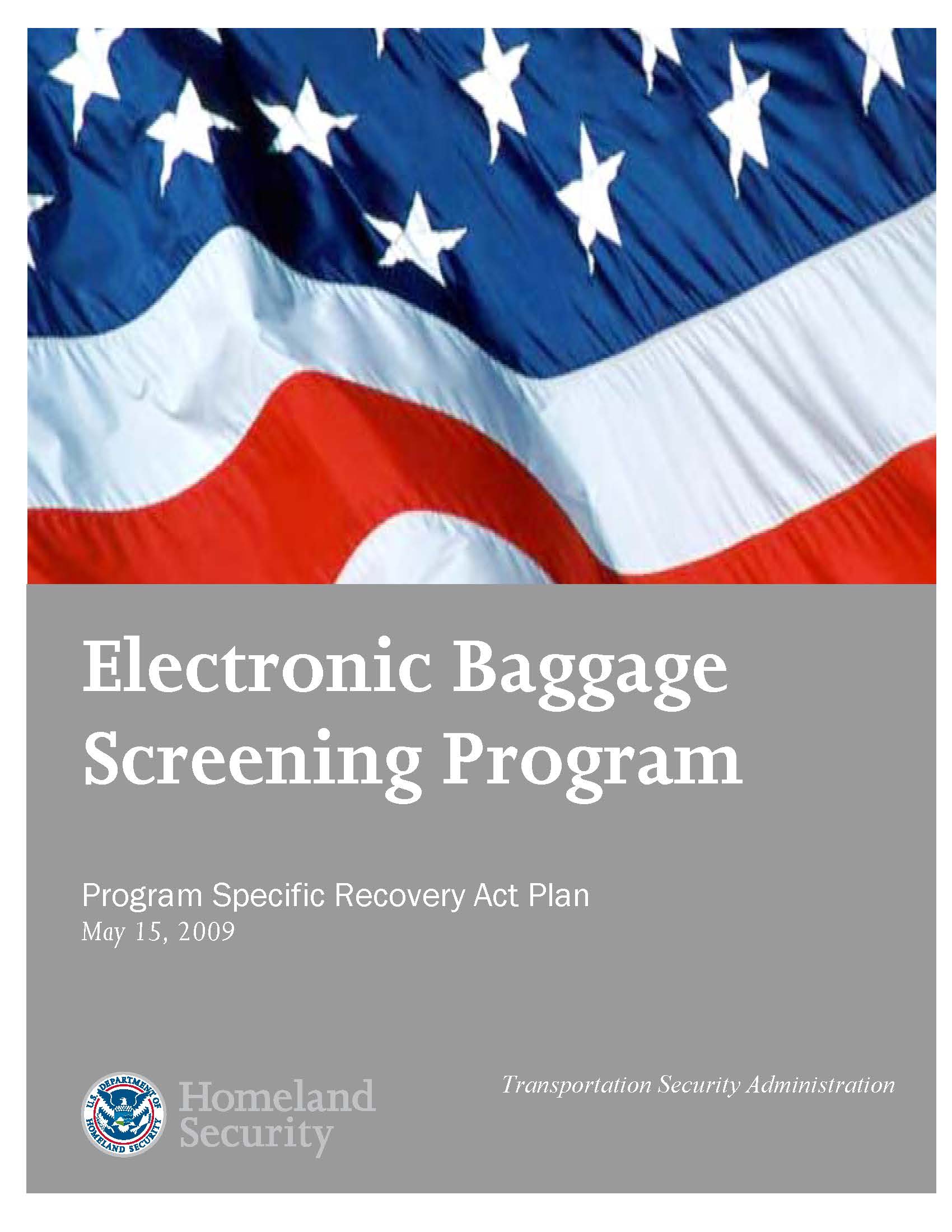A Baggage-First Processing Simulation Model for International Arrivals at a U.S. Airport
Publication Date
2017Abstract
In this study, a discrete-event simulation model and analysis for optimizing international passenger throughput at Customs and Border Protection (CBP) federal inspection service (FIS) areas operating at U.S. airports is presented. The study investigates the advantages and disadvantages of the baggage-first model that is now considered by several airports as a result of the growing adoption of automated passport control kiosks and other CBP technology initiatives. The study analyzes configuration options that can be deployed to optimize staffing and passenger routing decisions with the objective of minimizing overall sojourn times for arriving passengers and queue lengths at FIS locations. The results of the study are contrasted against the optimal kiosk-first setting. The proposed model is tailored and applied for the design of a new FIS facility being built for the Fort Lauderdale-Hollywood International Airport. The projected increase in passenger volume over the next 10 years is incorporated into the proposed model. The advantages and disadvantages of the baggage-first setting based on the results of the simulation study are discussed. Overall, the study shows that the baggage-first setting is a viable alternative in designing FIS layouts for airports that fully automate their passport control processes.
Publisher
Institute of Industrial and Systems Engineers (IISE)Creator
Jorge Duyos, et al.Sponsor
Citation
Duyos, J., Erkoc, M., and Keles, B. 2017. A baggage-first processing simulation model for international arrivals at a U.S. airport. Proceedings of the 2017 Industrial and Systems Engineering Conference.










